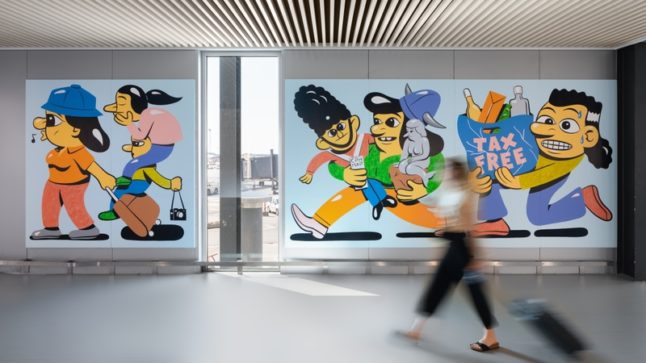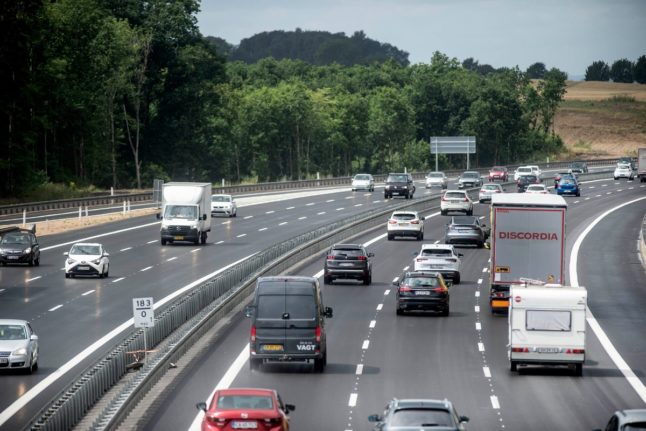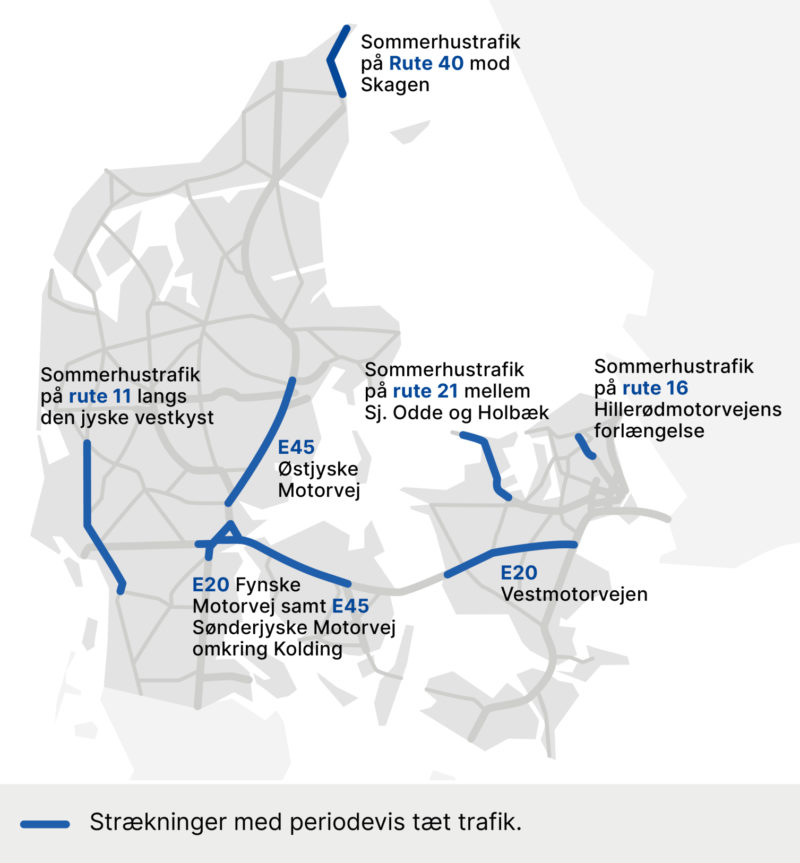Things to do
Obviously, your family’s needs will vary depending on the age of your children. If you have young children, it can be a good idea for them to blow off some steam before getting on the flight.
A great way to do this can be to head to one of the airport’s playgrounds. There’s one after security near the entrance to Finger B, complete with luggage carts, a control tower complete with a slide, and a couple of planes for kids to climb on.
There’s also an outdoor playground before security with a couple of slides hidden inside a wooden cloud, outside Terminal 2.
Make sure to check out the large blue fish tank before security, too. It’s just next to Lagkagehuset/Ole and Steen and WOK restaurant near the baggage drop in Terminal 2.
There are also two Lego shops inside the airport: one between gates A&B and one between gates B&C. These are both after security.
If you want to buy something to keep your slightly older child occupied during the flight, there are a number of 7-Elevens which sell magazines, sticker and activity books and stationery, as well as snacks and drinks. Look for the 7-Eleven Read and Fly signs.
There’s also a child area in the SAS lounge with toys and children’s TV – free for SAS Business or Plus travellers or Gold EuroBonus members.
For non-members, entry costs around 210-230 Danish kroner per person, with free entry for kids under 2. This is sometimes cheaper off-season and you may be able to pay with EuroBonus reward points if you’ve got a stash saved up.
The SAS lounge also includes a buffet with unlimited drinks (including beer and wine), as well as wifi, newspapers and magazines included in your entry fee.
As an aside, it’s worth noting that transiting, arriving and departing passengers all share the same space at Copenhagen Airport (once they are on the gate side of security). So the same areas that can be used by families before departing are also available to anyone transiting through Copenhagen and you can also use them on arrival if you somehow have the energy for this.
Getting through security
Just before you get to the actual queues for security, there will be a child-size security scanner made out of Lego. If your child is scared about flying or worried about going through security, you can act out the process here to make them feel less nervous.
If you have kids under six, you’ll be sent to the family lane at security, with another security officer made out of Lego pointing the way.
If your child uses a buggy, you may need to check it in depending on size. Usually if it’s a small buggy you can fold down (a klapvogn or paraplyvogn in Danish), you can take it through security all the way to your gate. If it’s larger, you’ll probably have to check it in at the baggage drop and borrow an airport buggy after security.
Places to eat
Copenhagen Airport isn’t cheap, and if your child is a fussy eater you might want to take something with you from home. You are allowed to bring food through security with you as long as it isn’t a paste or liquid over 100ml (so avoid any soups, smoothies, or any pots of dressings, dips or sauces, to be on the safe side).
One exception to this is food or milk for babies. You can bring enough food or milk for your baby to last the duration of your flight, including water or hot water to make formula milk, and it’s exempt from the 100ml rule, although they may make you taste it at security.
Inside the airport, there are a lot of places to buy kid-friendly food both before and after security. If you sit in a food-court area, rather than inside one of the actual restaurants, you can eat food you’ve brought with you or each member of your group can grab whatever they fancy from a couple of different restaurants. There’s one between gates A and B and another near gate C. Both have lookout points where you can look at the planes taking off or landing while you eat.
Travelling with a baby
There are changing tables (puslebord or puslerum) in most of the toilet blocks in the airport, as well as dedicated taps for filling up a water bottle. These are marked drikkevand.
In the toilet block under O’Leary’s and MASH between gates A and B there’s a room for breastfeeding, as well as a couple of microwaves you can use to heat up formula milk, although you are of course allowed to breastfeed elsewhere in the airport. There’s an elevator, so you can take your buggy with you.
There’s also a pharmacy before security where you can pick up extra nappies or any medicines, although bear in mind any liquids will need to be under 100ml unless you’re planning to put them in your checked baggage.
Leaving Schengen
Bear in mind that if you’re leaving the Schengen area, you will have to go through passport control before you can go to your gate, meaning you won’t be able to return to the rest of the airport.
In some areas (like Gate C), there’s a 7-Eleven after passport control where you can grab supplies, but others (like Gate F) only have toilets and benches, so make sure you’ve grabbed everything you need before you head through to your gate.
Once you’re in the gate, you may not be near a toilet until you get on to the plane, so bear this in mind before you head through.





 Please whitelist us to continue reading.
Please whitelist us to continue reading.
Member comments